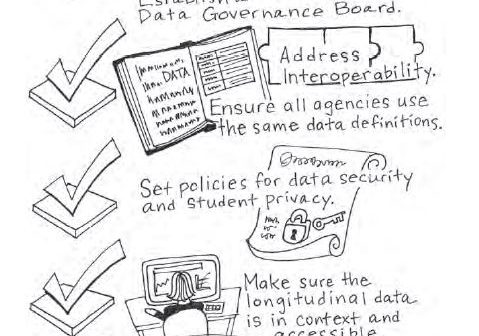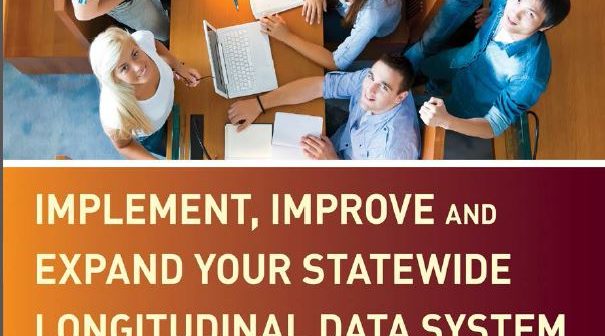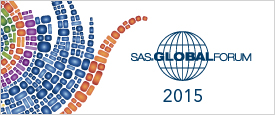
This is my final entry in the Education Meets Big Data blog series. Let’s review what we've covered so far… In my first post, I explained that statewide longitudinal data systems (SLDSs) track student data from preschool through college and workforce across the state. SLDSs can be used to see one







